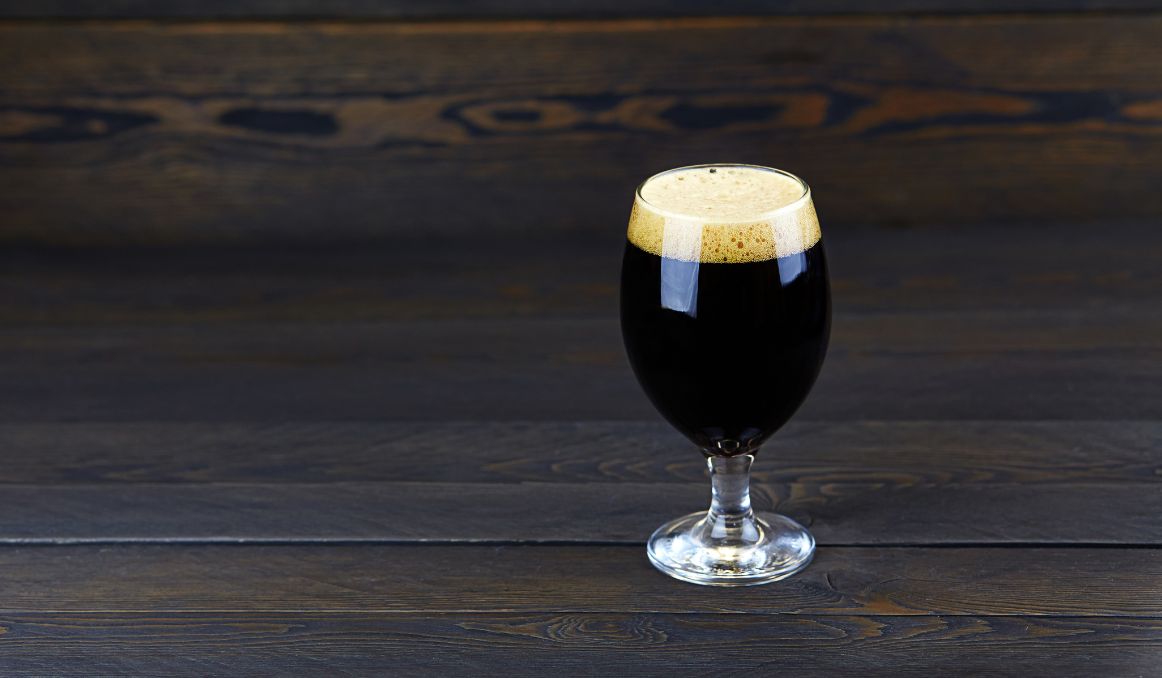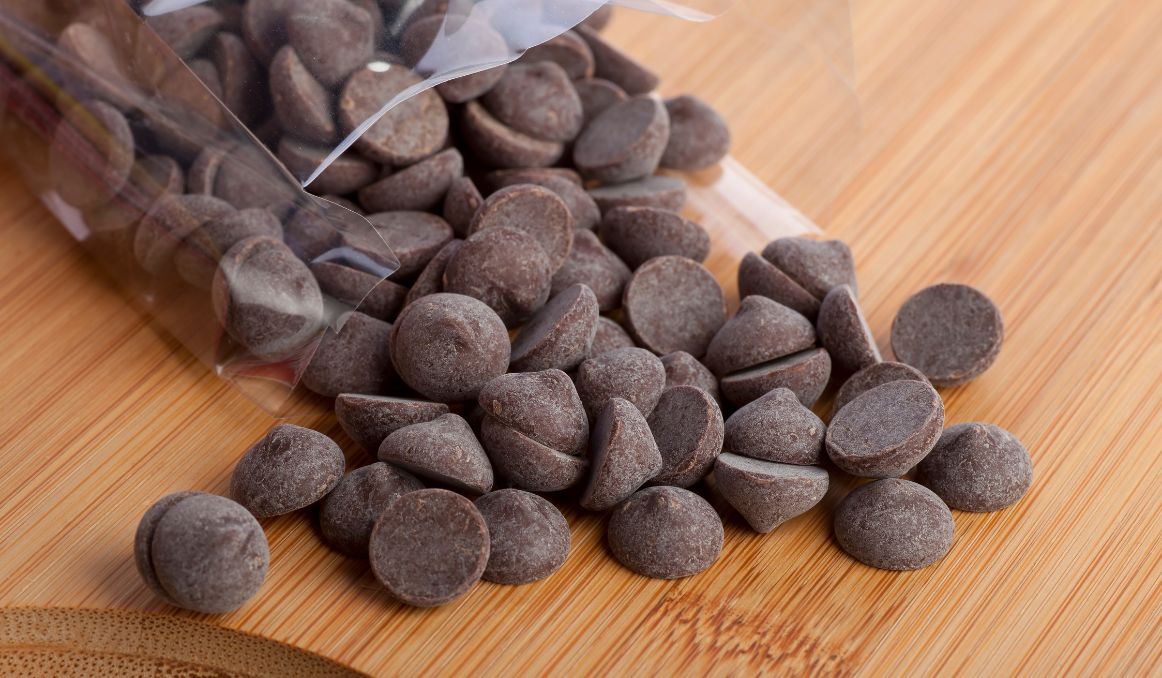The Best Way to Add Chocolate Flavor to Beer
It seems everyone is experimenting with all kinds of flavors in beer these days. One favorite, especially among dark beer lovers, is chocolate. There is just something about that nutty cocoa flavor when added to a malty beverage that brings it all home.
But this craze leaves brewers wondering about the best way to add chocolate flavor to beer.

Chocolate
Chocolate in its plant form is a bean much like coffee.
The beans grow inside a football sized fruit that resembles a papaya when it’s ripe. The fruit can then be sliced open to reveal the bean pods inside covered in a sweet, fruity pulp that can be eaten.
At this stage, the beans are very bitter and must be fermented, dried, and roasted, much like coffee beans, to become what we know as cocoa beans, or cacao.
The cacao tree grows in warm, humid climates and is specifically native to Africa and Central and South America.
Many farmers and even brewers interested in growing their own cacao for recipes can do so with the use of a greenhouse.
Why Add Chocolate to Beer?
In addition to chocolate flavor, which can support a variety of brews, chocolate in beer also adds a buttery, creamy mouthfeel to the beer.
It’s no wonder beer drinkers love their chocolate beer.
The Best Ways to Add Chocolate to Beer
Once you’ve decided to add chocolate to your brew, you’ll have to choose your form, and there are many to choose from.
Beans or Nibs
Perhaps the easiest way to add real chocolate to your beer is to get your hands on, or grow your own, roasted beans or cacao nibs.
The nibs are the small chocolate pieces inside the bean that express a bittersweet chocolate flavor.
To add the nibs to your brew, you can add them or the beans directly into your grain and grind everything together. It takes a very small amount of nibs or beans to get you that delicious chocolatey flavor in your beer.
One thing to be mindful of with nibs or beans is clogging your sparge or your tubes, So be sure you clean everything out and clear it up before you move into your next step of mash-in.
Powder
Cocoa powder is made from grinding the cocoa beans after they have been roasted. The nibs are pressed into powder, removing all of the fats. This is an ideal situation because fats and oils in your brew can create problems with head formation and retention.
If adding cocoa powder, you’ll most likely want to add it after the boil. Realize also that the longer the cocoa powder sits in your brew, the more dissolved the flavor will become, which is why you should add it at the latest possible stage.
With cocoa powder, you also want to make sure that you do indeed completely dissolve the powder, so you don’t end up with residual powders floating at the top of your wart or your fermented brew.
Baker’s Chocolate
Baker’s chocolate can also be added to your brew for chocolate flavor. Bakers chocolate is made in much the same way cocoa powder is made or ground chocolate, except that in this case fats are added or sometimes simply not removed in order to stabilize the chocolate and create a cake.
Baker’s chocolate is unsweetened and bittersweet and comes in bar form.
You can also work with actual candy bars – dark chocolate, milk chocolate, or white chocolate – but be mindful that these candy bars will add more sugar to your wart and therefore should be calculated into your fermentable sugar account.
When using either baker’s chocolate or candy bars, you can simply chop them up into small pieces and add them to your boil at any point. Be sure to stir very well so that the chocolate does not stick to the bottom of your kettle.
Chips

Chocolate chips can be used in much the same way that you’ll use baker’s chocolate or candy bars as long as they are high quality and still mostly cocoa with little to no additives.
Syrup
It is not typically a good idea to add any kind of syrup to your brew because you’re dealing with a lot of additives, extra sugar, and artificial sweeteners, but it can add interesting flavors and notes when done the right way.
If you do decide to add syrup, the best time to add it would be directly after the boil as your ward is cooling down, and right before you pitch yeast. As an experiment, start with a small amount of syrup in a small batch and work your way up from there.
Extract
Finally and perhaps the easiest way to add chocolate flavor to your beer, is to work with an extract or a liqueur. While it may not be the most natural way, it is a simple solution when starting to experiment with this flavor.
If adding an extract, you can simply add it at the very end of the process right before bottling or kegging when you add your priming sugar.
If working with some type of liqueur, you will also add right before bottling or kegging, along with priming sugar, or the liqueur can actually replace your priming sugar, depending on how much you’re adding. This choice will depend on how much flavor and how much sugar you plan to add.
Chocolate Malt is not Chocolate
A final option for chocolate flavor in your beer is to work with chocolate malt. Just note that chocolate malt is not chocolate or cocoa of any kind. Chocolate malt is simply a dark roast on your grain, usually barley.
Chocolate malt does however add chocolate flavor, though it’s much more subtle, and you can either use it alone or in addition to chocolate.
Cheers!
Passionate about the beer and/or wine making process? So are we! If you’re interested in finding out how you can use our technology to control fermentation and monitor your yeast, save work hours and improve the cost-efficiency of your business, drop us a line at [email protected] or check out our product pages:
- Oculyze BB 2.0 (Better Brewing) Yeast Cell Counter App + Hardware
- Oculyze FW (Fermentation Wine) Yeast Cell Counter App + Hardware
Also, you can now get access to a fully functional demo account to test your yeast via our Web App. Completely free of charge and with no commitment to purchase.
Sources:


